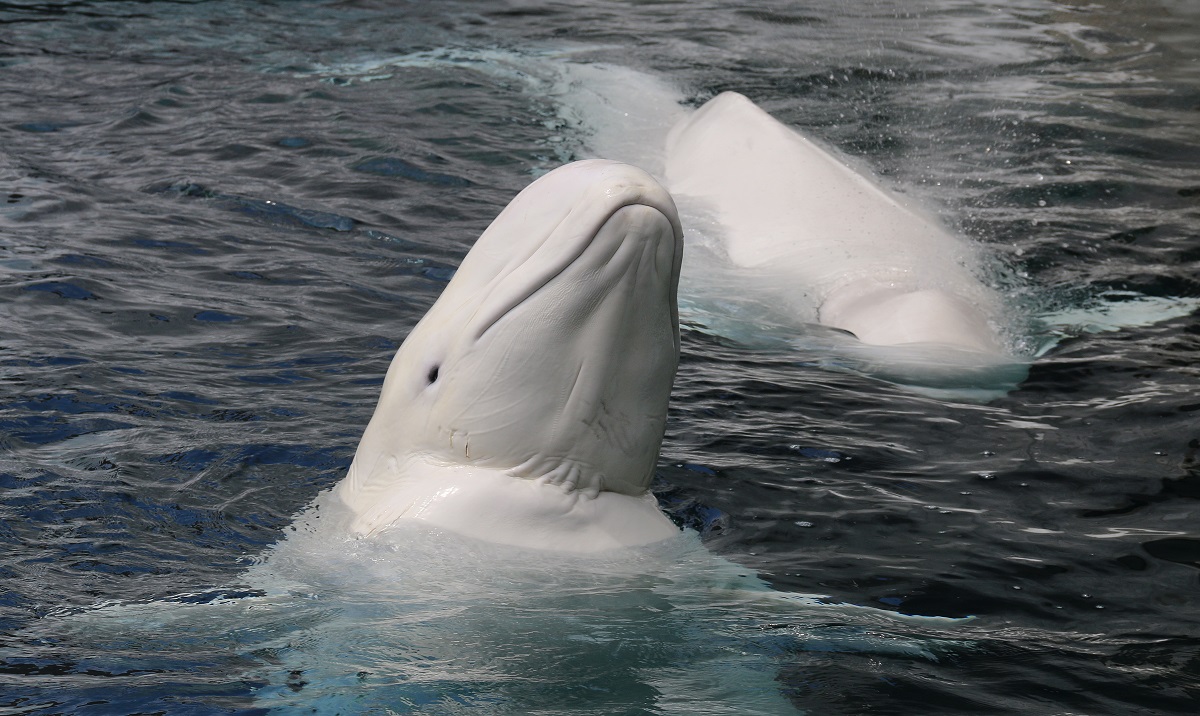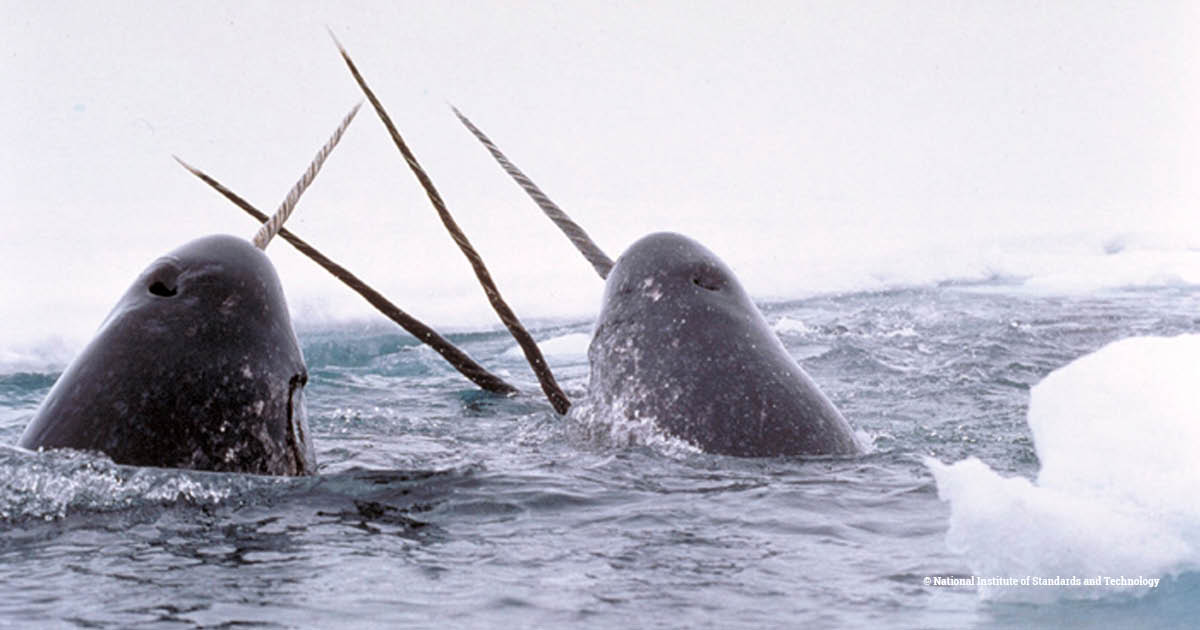Thousands of small whales and dolphins slaughtered in Greenland’s poorly regulated hunts



(c) UW News
New EIA research has revealed that more than 100,000 small cetaceans have been slaughtered in poorly regulated hunts off Greenland during the past three decades.
A total of seven species of cetacean (the collective term for whales, dolphins and porpoises) have been targeted, but only two of them under formal quotas – for the rest, it’s pretty much open season.
We presented our findings in full to the recent Scientific Committee meeting of the International Whaling Commission (IWC) in a specially prepared scientific paper and are pleased to have seen our research taken on board in the Committee’s latest report.
I participated in the meeting as a member of the UK delegation and, in addition to following a number of critical issues such as bycatch and plastic pollution, I had the opportunity to present a review of the history of small cetacean hunts in Greenland and the findings of our scientific analysis, undertaken in partnership with Whale and Dolphin Conservation.
Small cetaceans are the smaller toothed whales, dolphins and porpoises that belong to the cetacean family but are not covered by the IWC’s moratorium on commercial whaling.#

Belgua whales
Although their management is under direct control of national governments, the IWC’s Scientific Committee has provided assessments of small cetacean populations and recommendations on their conservation since the 1970s and is an important source of critical scientific advice.
Seven small cetacean species are regularly targeted by hunters in Greenlandic waters in what are termed subsistence hunts, in which the hunted cetaceans are killed for local consumption by humans and sled dogs.
However, of the species hunted, only belugas and narwhals are hunted under annual quotas. Atlantic white-sided dolphins, white beaked dolphins, harbour porpoises, killer whales (actually a species of dolphin, despite the name) and long-finned pilot whales are hunted without quotas – which means there is no upper limit on the numbers that can be hunted and killed.
Our analysis found that in the 30 years since records began, more than 100,000 of these seven small cetacean species are recorded in the North Atlantic Marine Mammal Commission (NAMMCO) catch database as being hunted in Greenland.
Some 4,200 small cetaceans were hunted in 2022, making it the largest direct legal cetacean hunt in the world. While 759 belugas and narwhals were hunted under quotas, 3,447 other small cetacean species were hunted without them.
Even where catch quotas are applied, there are concerns over the sustainability of the hunts – one beluga population located off the south-west was driven to extinction early in the past century due to hunting and belugas continue to be hunted in East Greenland, despite NAMMCO scientific advice stating no belugas should be hunted in this region.
Unsustainable levels of hunting are also putting several Greenlandic narwhal populations at risk of local extinction. Again, NAMMCO scientific advice has stated for several years that no narwhals should be hunted in the three separate management areas in south-east Greenland and the IWC has reiterated this serious concern, yet Naalakkersuisut, the chief executive body and the government of Greenland, continues to provide quotas for both, claiming that not setting quotas would threaten food supply and cultural continuity for some communities in Greenland.

Narwhals
The hunting of other small cetaceans – including harbour porpoises and killer whales, of which 3,199 and 23 were killed respectively in 2022 – occurs without any restrictions on hunting levels. Crucially, knowledge of population status and trends is poor for some of these populations and there is inadequate monitoring on which to make informed management decisions.
The reported harbour porpoise hunt has exceeded the sustainable level every year since 2001, except in 2008. While the Government of Greenland has agreed to set quotas beginning this year, we do not know if the quota has yet been determined or whether it is in line with scientific advice.
Concern has also been raised about the level of hunting of killer whales, particularly given the lack of data on the status of the local population(s).
A further concern is that all the Greenland hunts are subject to high ‘struck-and-lost’ rates, whereby cetaceans are killed or injured but then lost during hunts. Understanding the true struck-and-lost rate is important because it gives a far more accurate total of individuals killed, rather than just those that are landed, and this information is vital to understanding whether a hunt is sustainable or not. As an example, during three hunting events where the number of killer whales that died and sank were reported, four whales were landed and nine sank. The actual mortality of small cetaceans could therefore be significantly higher than reported figures suggest.
Added to this are growing concerns over human-induced pressures on small cetaceans in Greenland, such as climate change, noise pollution from industrial activities (including shipping) and bycatch in fishing gear.
As a result of the ensuing discussion after we presented our paper, the Scientific Committee expressed concern regarding the sustainability of small cetacean hunts in Greenland and recommended that a review of the progress of previous recommendations be undertaken and reported back at next year’s IWC meeting. EIA will lead the intersessional working group on this issue.
We will be working to ensure the protection of small cetacean populations in Greenland and calling on its Government to urgently regulate all small cetacean subsistence hunts so that they are consistent with international conservation management and scientific recommendations.